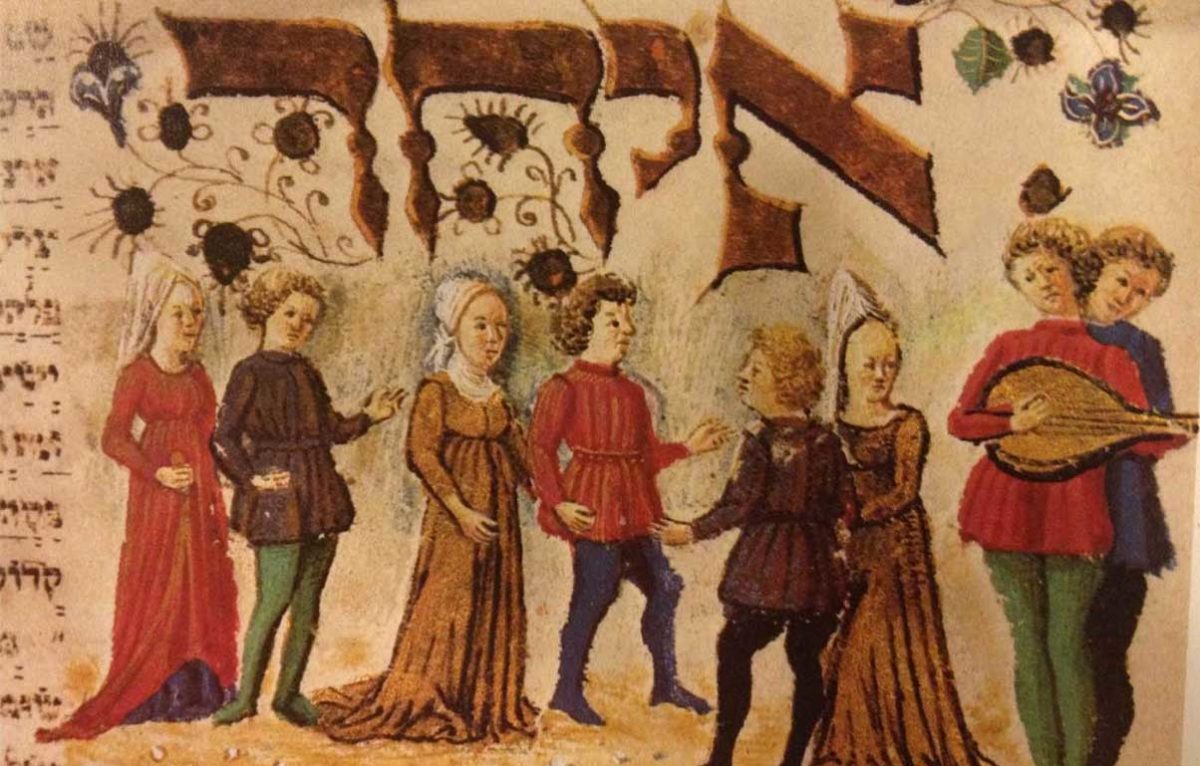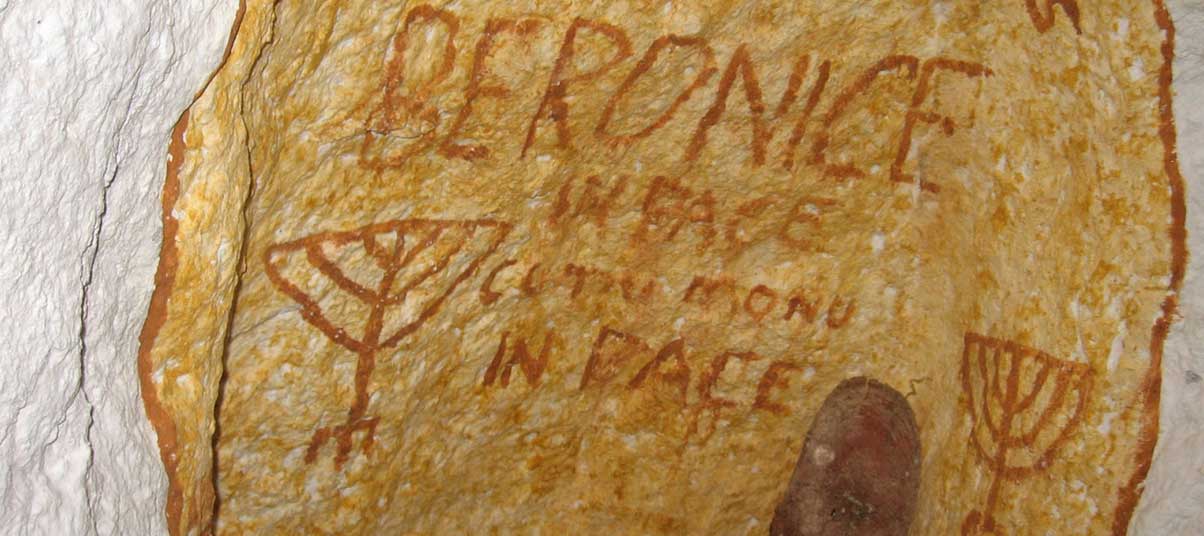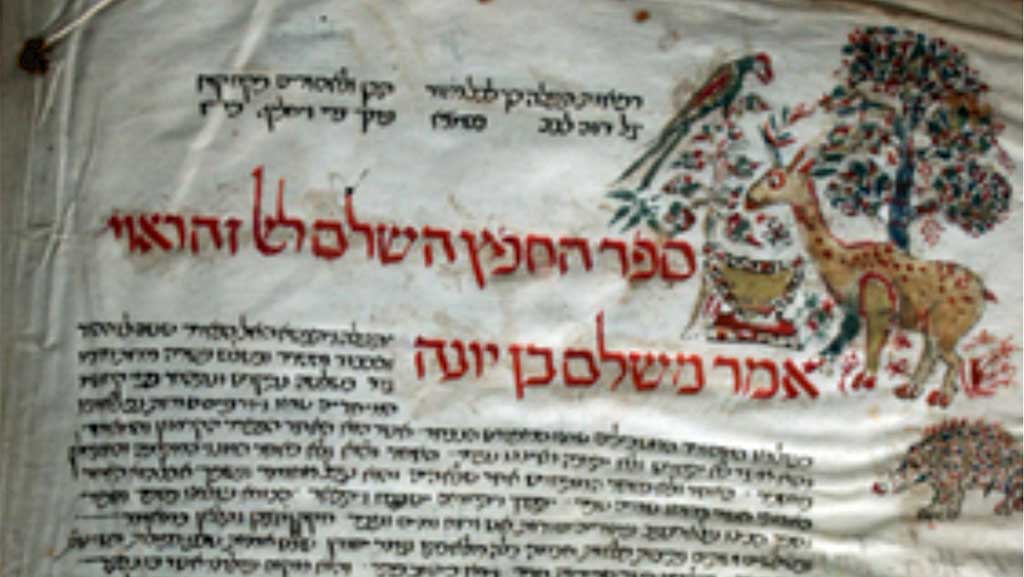Jewish Dancing Masters:The Art that left the Ghetto
Joanna G. Harris, Ph.D
Jews were known to be merchants, musicians and physicians in the 15th and 16th centuries. That is well documented in the various histories of Jewish Venice. But dancing masters? To the lay person, it seems extraordinary that an irrelevant art form would be the provenance of”people of the book,’ expected to be cultured, educated, worldly and wise. Yet, an early treatise by Otto Kinkeldey details the teaching of Guglielmo Ebreo, a Jewish Dancing Master of the Renaissance and Barbara Sparti has continued the research in “Maestri did danza ebrei nel Rinasciemento italiano.”
Otto Kinkeldey’s study. A Jewish Dancing Master of the Renaissance,, recounts that Gugliemo Ebreo, a Jew from Pesaro taught court dances, dances whose steps and attributes later become the basis of classical ballet technique and vocabulary. Gugliemo, (circa mid 15th century), the Jewish Dancing Master who along with the composer Salomone Rossi ‘proclaimed their race, ” contributed a treatise (1463)which is proof that the “courtly art of dancing was assiduously cultivated in the circles that gathered round the Tuscan and Lombard princesses.” …these fifteenth-century Italy produced the earliest known treatises on the art of the dance. Some were manuscripts, others splendid published volumes recording the dances performed at festive and ceremonial occasions by the aristocracy. Formal, elegant, and refined, these court dances linked physical control with elevated class status, and laid the foundation for the danza seria or danse noble, the heroic style that gave birth to classical ballet and its ideology. Still other treatises evoked the popular traditions of the commedia dell’arte, with its tumbling and comic antics, brought to heights of virtuosity by the grotteschi or “grotesque” dancers of the eighteenth century. In no other country were these styles so highly developed; in no other country would they commingle so freely and create so compelling a synthesis.(1)
A canzon (song) in honor of and praise of Maestro Gulielmo Ebreo by Mario Philelfo (1463) offers praise of the Jewish Dancing Master whose work is well documented in various historical essays on dance history.
Philelfo writes:
So great and sweet and in angelic harmony is William the Jew, great in dancing…He would make Judith dance &: Socrates and Artitotle with Plato (and others, more clever yet unborn…By dancing he would make Cato fall in love – by his troches he would make Diana lie down and leave important business to Scipio…Panthea would submit to his dancing. (2)
Since the publication Kinkeldy’s pamphlet, (1927) however, autobiographical material on Gugliemo’s life has been discovered. (3) Extensive new studies in dance history have revealed more details of his reatisand not only about dancing masters in the Renaissance (15th, and 16th centuries in Italy), but also more concerning the role Jewish dancing masters during that period.[A note in Nevile’s book cites that there are examples of legislation regarding Jewish dance masters in Italy in a 2001 dissertation.] (5)
Scholars are surprised to learn that Jews were involved is such profession, in fact, that they took to role of “wedding planners” (to the aristocracy) of northern Italy. The famous rabbi of Venice, Leone Modena, mentions with pride that his son-in-law. Jacob Levi, was a dancing master. (4) Among the Jews who were allowed to leave the Venice ghetto for official duties, there are references to merchants, to doctors, to musicians and to dance masters. All the professions mentioned are those in which Jews excelled, perhaps because they usually spoke several languages and were familiar with the disciplines of other nations, including dance and music.
According to Jennifer Nevile, there were three men in 15th century Italy, each of whom wrote a dance treatise: Domenico da Piacenza, Guglielmo Ebreo da Pesaro, and Antonio Cornazano. The latter two praised Domencio as their master. Nevile continues: These men were responsible for teaching the children of the leading families of Italy and performing alongside them in public at state spectacles.(5)
Sparti and others report that Guglielmo taught and danced with Isabella d’Este and assisted in the processions and performances that accompanied, not only her wedding, but in later years at the wedding of Alfonso d’Este and Lucrezia Borgia.. Neville also notes that Giuseppe Ebreo, the brother of Guglielmo, not only ran a dancing school in Florence but also was associated with Lorenzo de ‘Medici.(6)
Guglielmo advocates six requisites for the dancer; misura (time, rhythm), memoria remembering steps), patire del terreno (minding the space), aiere (posture, deportment), maiera (stle) and moviment coporeo (balance). All these traits were important in the presentation of aristocratic presence, to display status — grace, learning, majesty, the elegance of clothing and jewelry and even ethical and moral accomplishments. The presentation of these attributes assisted the courtship process.
The primary dance described in Guglielmo’s treatise was the basse dance, named such not only because its steps remained close to the ground, but also, because it was the basic dance form, “grave and serene.” It is a processional dance, usually for a single couple, proceeding down the room through a throng who gathered as audience and admirers. The basse dance steps consisted of the pas simple (single), pas double (double). The pas simple was just a single step, such as in ordinary walking: a pas double consisted of three steps (as in the modern “two step”). The time taken by a pas double was twice that of a pas simple. There was also the reverence, a courtly bow executed with the left foot back. (7) The 18th century minuet is a lineal descendent of the bassa danza (basse dance).
Guglielmo also cites the ballo as a lively dance, in which the feet were raised higher, using kicks and beats. This ballo earns the name saltarello.
At least three couples perform the ballo: it can be considered the ancestor of later line dancing in which couples and individuals circle one another, returning to their places after ‘visiting’ others.
Sparti describes the ceremonial events for the wedding of Eleanora (or Leonora) of Aragon who was first engaged to Alessandro Sforza but eventually married the duke of Ferrara, Ercole d’Este. Among the occasions given during the two months of celebration was a banquet give by Cardianl Pietro Riario. An interlude (intermezzo), a ballet was offered between courses. In honor of Ercole (i.e. the Latin hero Hercules) the following “ballet” took place.
The table removed the ballo of Hercules with five men and nine ladies began.
During the ballo the Centaurs came and they performed a fine battle. The Centaurs, vanquished by Hercules, returned and the ballo was formed again. (8)
In later centuries, particularly the 16th in France, such interludes would be considered the first real ballets, mythic in content, heavily masked and costumed, that would be offered as court ceremonies and eventually move to the theater.
Guglielmo Ebreo eventually converted to Christianity around 1463-1465 and adopted the name Giovanii Ambrosio. Treatises exist employing both names. The pressures of court life made such conversion inevitable to maintain close contact and intimacy with the aristocracy’s dancing daughters and their church connections.
For my presentation in Venice on July 24, 2008, I invited two couples from the NEH Institute to participate in a bassa danza to demonstrate Guglielmo’s teaching. The dance consisted of the pas simple and the pas double executed to a basse dance tune, La Magdelena. The music was made available through the magic of an Amazaon down load, courtesy of fellow student Howard Stern. The couples walked toward the back of the hall, separated ((men left, women right) until they were opposite one another. After a riverenza (salute, bow), a man from one side, a woman from the other circled in the center, acknowledging the persons left at the side. After a brief walk and circle of those persons, the dancers returned to their places. Such figures allowed the court dances to greet one another and inspect their rivals at close range. Dancing is a part of courtship.
As part of the lecture accompanying the dance demonstration, I showed the video “Early Dance” made by UCSB professor Isa Bergman (ed.) which showed dance examples performed by Angene Feves and Charles Perrier. I also distributed the Canzon by Mario Philelfo as translated by fellow scholar James Arieti. The handout included a Bibliography, some quotes from Guglielmo and a reprint of a miniature from the Paris Guglielmo Codex (Bibl. Nat.Fond’s ital.973) dated 1463.
My chief regret concerning my studies in Venice, is that outside of some material from the costume museum, I was enable to discover more about Jewish involvement with the troupes of the commedia dell’arte — their masks, costumes, texts, props, music—– and their participation in the Venetian carnival. My limited access to the libraries, my lack of ability to read 16th century Italian and a lack of time to search further references all contributed to the failure. I hope others will pursue the subject. A valuable bibliographic reference is cited below for future study. I have also included references cited in Nevile which might add to further study of dance in Venice in the 15th and 16th centuries when Jewish dancing masters prevailed.
Notes.
1.Otto Kinkeldey, The Jewish Dancing Master of the Italian Renaissance, p. 1 ff.
2. ibid, p. 23 ff (trans. James Arieti).
3. See Jennifer Nevile, ed,..Dance Spectacle, and the Body Politick, 1250-1750. Introduction, Chapter 2 and 7.
4. Mark R. Cohen, trans and ed., the Autobiography of a 17th Century Venetian Rabbi, p. 5.
5. Katherine Tucker McGinnis, “Moving in High Circles: Courts, Dance and Dancing Masters in Italy in the Long Sixteenth Century.” Ph.D. diss., University of North Carolina, Chapel Hill, 2001, pp. 33746.
6. Nevile, op.cit., p.17. Also see footnote 62 at the end of Chapter I.
7. David R. Wilson, The Basse Dance in Nevile, op. cit., p. 168.
8. Barbara Sparti, “isabellea dnt he Dancing este Briddddes, 1473-1514” inWomen’s Work: Women Making Dance in Early Modern Europe, L. Brooks, editor. Studies in Dance History (Madison, WI., University of Wisconsin Press, 2007). P.26.
Bibliography:
Cohen, Mark. R., trans and ed., The Autobiography of a 17th Century Venetian Rabbi (Princeton, NJ: Princeton Uiversity Press, 1988.
Kinkeldey, Otto.The Jewish Dancing Master of the Italian Renaissance: Guglielmo Ebreo
(NY: Dance Horizons, Inc., reprint from the A.S. Freidus Memorial Volum,e NY, 1929).
Nevile, Jennifer, ed. Dance, Spectacle, and the Body Politick, 1250-1750. (Bloomington & Indianapolis: Indiana University Press, 2008).
Sparti, Barbara. “Isabella and the Dancing Este brides, 1473-1514” in Women’s Work: Women Making Dance in Early Modern Europe, L. Brooks, editor. Studies in Dance History (Madison, WI., University of Wisconsin Press, 2007).
________“Maestri di danza ebrei nel Rinascimento italiano: un danca ebraica?” in Danza, culltra e Societa nel Renascimento italiano, edite by Eugenia Casisni-Rota e Francesca Bortoletti (Macerata: Ephemeria, 2007).
________Guglielmo Ebreo da Pesara e la danze nelle corti italane del xv secolo, ed. Maurizio Padovan (Pisa: pacini, 1990), pp. 51-57,
Translated as Guglielmo Ebreo da Pesara, On the Practice of the Art of Dancing ,ed and trans.by Barbara Sparti (NY: Oxford University Press, 1998).
Additional Bibliography.
Caroso, Febritio. Il Ballarino. Venice 1581. Facilmile ed. (New York: Broude Brothers, 1967.
Pontremili and La Rocca, Il Ballare lombardo. Milan: Vita e Penssssiero, 1987.
—————— La danza a Venezia nel Rinascimento. Vicenza: Neri Pozza, 1993.
Smith, A. Willam. “Dance at Mantual and in Northern Ialy: the Tradition Inheriteeeeed by Leone de’Sommi and His Generation.” In Leone de’Sommi and the Performing Arts, ed. Ahuva Belkin. Tel Aviv: Tel Aviv University, 1997.






